concrete planters?
deva33 Z8 Atlanta
9 years ago
Related Stories
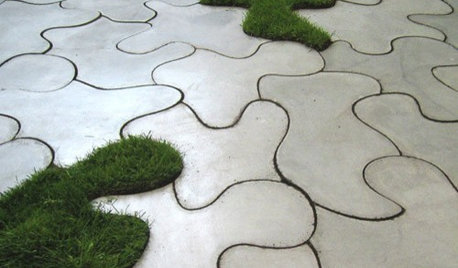
PRODUCT PICKSGuest Picks: Concrete Ideas for Patios and Decks
Look to lightweight fiber cement for functional outdoor furniture and accessories that are heavy on style
Full Story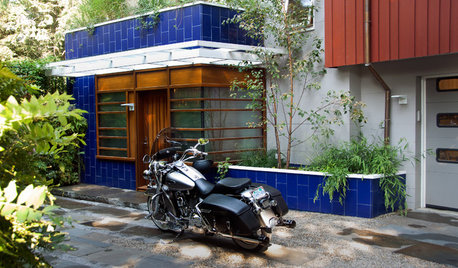
SAVING WATERStormwater Planters Manage Runoff in Small Gardens
Think of stormwater planters as container rain gardens
Full Story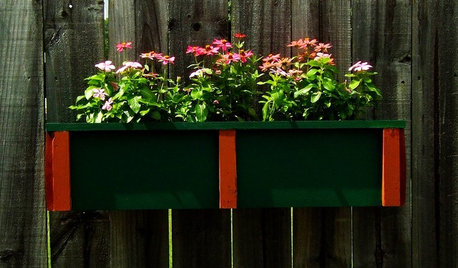
DIY PROJECTSNeat Little Project: A Wooden Planter to Hang Anywhere
Dress up a drab wall or window with this planter box you make yourself. Or just set it on a patio for the easiest 'installation' of all
Full Story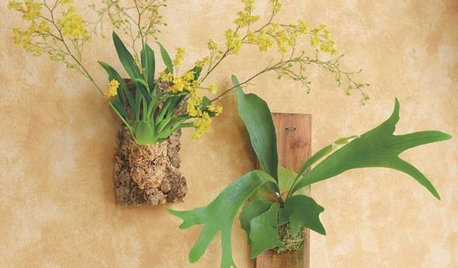
PRODUCT PICKSGuest Picks: 20 Uncommonly Attractive Pots and Planters
Cultivate some personality indoors with plant containers that are as unique as the greenery they hold
Full Story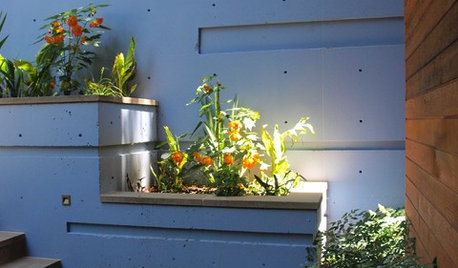
DESIGN DICTIONARYPrecast Concrete
Made offsite, precast concrete increases quality and decreases installation time
Full Story0
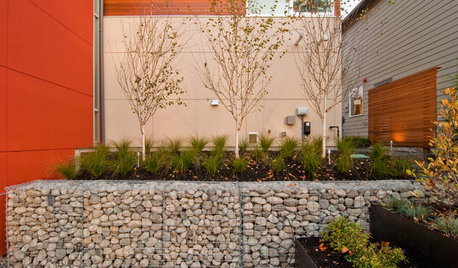
LANDSCAPE DESIGNGarden Walls: Gabion Evolves From Functional to Fabulous
The permeable rock-, concrete- or glass-filled steel cages are showing up as retaining walls, planters, benches and more
Full Story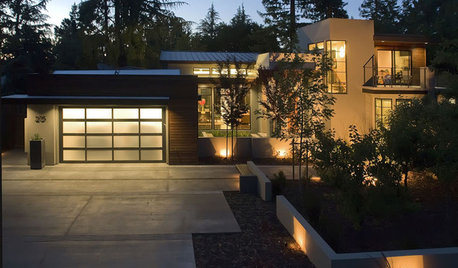
REMODELING GUIDESConcrete Driveways: Poring Over the Pros and Cons
Concrete adds smooth polish to driveways and a sleek look to home exteriors, but here are the points to ponder before you re-surface
Full Story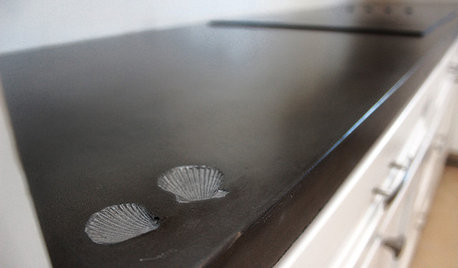
KITCHEN COUNTERTOPSElephants of the Kitchen? What to Know About Concrete Counters
Concrete countertops are beautiful, heavy and cool — and have their own peculiarities. And a lot in common with certain gray pachyderms
Full Story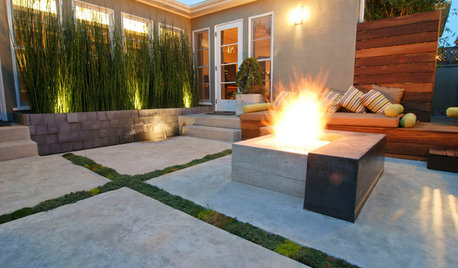
GREAT HOME PROJECTSHow to Tear Down That Concrete Patio
Clear the path for plantings or a more modern patio design by demolishing all or part of the concrete in your yard
Full Story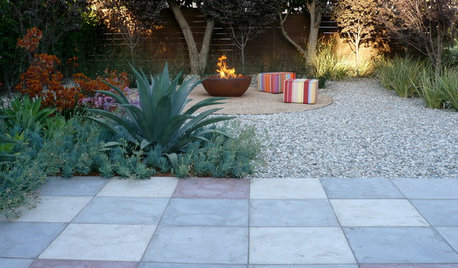
MATERIALSPrecast Concrete Pavers Make a Versatile Surface in the Garden
You can use concrete pavers in a variety of shapes and colors for your patio, walkway, driveway and more
Full StoryMore Discussions






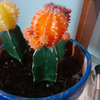
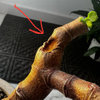

bragu_DSM 5
k8 (7b, NJ)
Related Professionals
Citrus Heights Landscape Architects & Landscape Designers · Forest Acres Landscape Architects & Landscape Designers · Stoughton Landscape Contractors · Berkley Landscape Contractors · Caldwell Landscape Contractors · Haverhill Landscape Contractors · Plantation Landscape Contractors · Pleasant Hill Landscape Contractors · Hainesport General Contractors · Alhambra General Contractors · Summit General Contractors · Hampton Bays Decks, Patios & Outdoor Enclosures · Palmetto Decks, Patios & Outdoor Enclosures · Statesville Decks, Patios & Outdoor Enclosures · West Bend Decks, Patios & Outdoor Enclosuresdeva33 Z8 AtlantaOriginal Author
tsugajunkie z5 SE WI ♱
ken_adrian Adrian MI cold Z5
deva33 Z8 AtlantaOriginal Author
deva33 Z8 AtlantaOriginal Author
deva33 Z8 AtlantaOriginal Author
kudzu9
deva33 Z8 AtlantaOriginal Author
kudzu9
cactusmcharris, interior BC Z4/5
tapla (mid-Michigan, USDA z5b-6a)
nil13
deva33 Z8 AtlantaOriginal Author
nil13
kudzu9
nil13
bragu_DSM 5
deva33 Z8 AtlantaOriginal Author
nil13